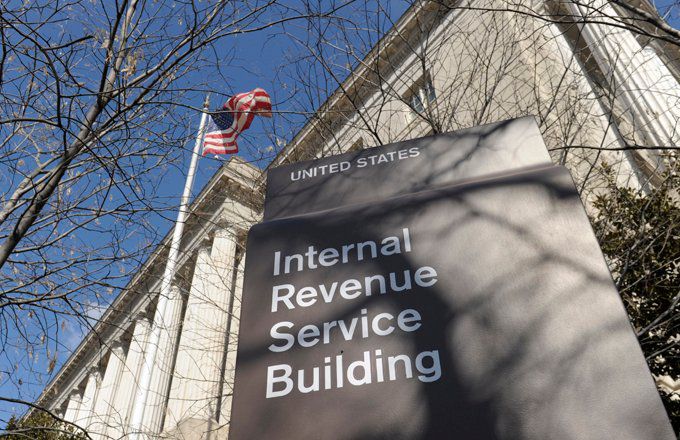
Making the most of tax breaks and accurately filing taxes can be difficult tasks for independent contractors and business owners. Knowing the IRS standard mileage rate for business use is essential to this process. This rate is important since it determines the amount of deductible business mileage charges, which can have a big effect on your tax burden. We will examine the specifics of the IRS standard mileage rate for 2024 and how it impacts independent contractors and small company owners in this post.
What is a 1099?
Let’s start by defining a 1099 form before delving into the IRS standard mileage rate in more detail. You report many kinds of income besides wages, tips, and salaries on a 1099 form. Clients who pay independent contractors and freelancers $600 or more in a given tax year usually send them a 1099 form. This form is essential for making sure tax regulations are followed and for accurately reporting income to the IRS.
Self-Employed Income Tax Estimator
Self-employed tax calculations can be complicated, particularly when attempting to deduct business expenditures such as mileage. You may make this process easier and make sure you are appropriately reporting your income and deductions by using a self-employed tax calculator. These calculators estimate your tax due by taking into consideration a number of variables, including income, expenses, and deductions. You may better prepare for quarterly tax payments and prevent any shocks during tax season by using a self-employed tax calculator.
How To Pay Quarterly Taxes?
In order to avoid penalties and interest, freelancers and business owners usually have to pay anticipated taxes on a quarterly basis. Quarterly tax payments are normally required in April, June, September, and January and are calculated based on your expected year income. You can utilize IRS Form 1040-ES or speak with a tax expert to determine your quarterly tax payments. You may prevent underpayment penalties and make sure you are fulfilling your tax obligations for the entire year by paying your quarterly taxes on time.One way to avoid the penalty for not paying quarterly taxes is to set aside a portion of each payment you receive for future tax payments.
IRS Standard Mileage Rate for 2024
For independent contractors and business owners, deductible business mileage expenses are determined using the IRS standard mileage rate. The normal mileage rate increased from 56 cents per mile in 2023 to 58.5 cents per mile in 2024. The deductible expenses of using a car for work-related activities, such driving to client meetings, visiting job sites, or doing errands for work, are determined using this rate. You can minimize your tax savings and lower your taxable income by adopting the normal mileage rate and maintaining precise records of your business miles.
Using the Standard Mileage Rate to Optimize Tax Savings
It’s crucial to maintain thorough records of your company mileage throughout the year in order to optimize your tax savings while using the standard mileage rate. This involves keeping note of the time, destination, and distance traveled on each journey in addition to any other pertinent details like parking costs or tolls. You can make sure that you are deducting the full amount of your business mileage costs by keeping proper records. Furthermore, this procedure can be streamlined and mileage monitoring while on the go made simpler with the use of an app or software.
Using the Standard Mileage Rate When Filing Taxes
Either the real expenditures technique or the standard mileage rate must be used to report your business mileage expenses when it comes time to file your taxes. For independent contractors and business owners, the standard mileage rate is usually the more advantageous choice as it is the easier one to understand. Depending on your business structure, you must fill out Schedule C or Form 2106 in order to claim the regular mileage rate. You might potentially minimize your tax bill and your taxable income by appropriately reporting your business mileage expenditures.
Conclusion
In conclusion, in order to maximize tax savings and ensure accurate tax filing, freelancers and business owners must have a thorough understanding of the IRS standard mileage rate for 2024. You may make sure you are meeting your tax duties and minimizing your tax burden by using a self-employed tax calculator, keeping thorough records of your business mileage, and making timely quarterly tax payments. You can succeed financially in your business ventures and manage the intricacies of self-employment taxes by using the standard mileage rate and adhering to best practices for tax compliance.

